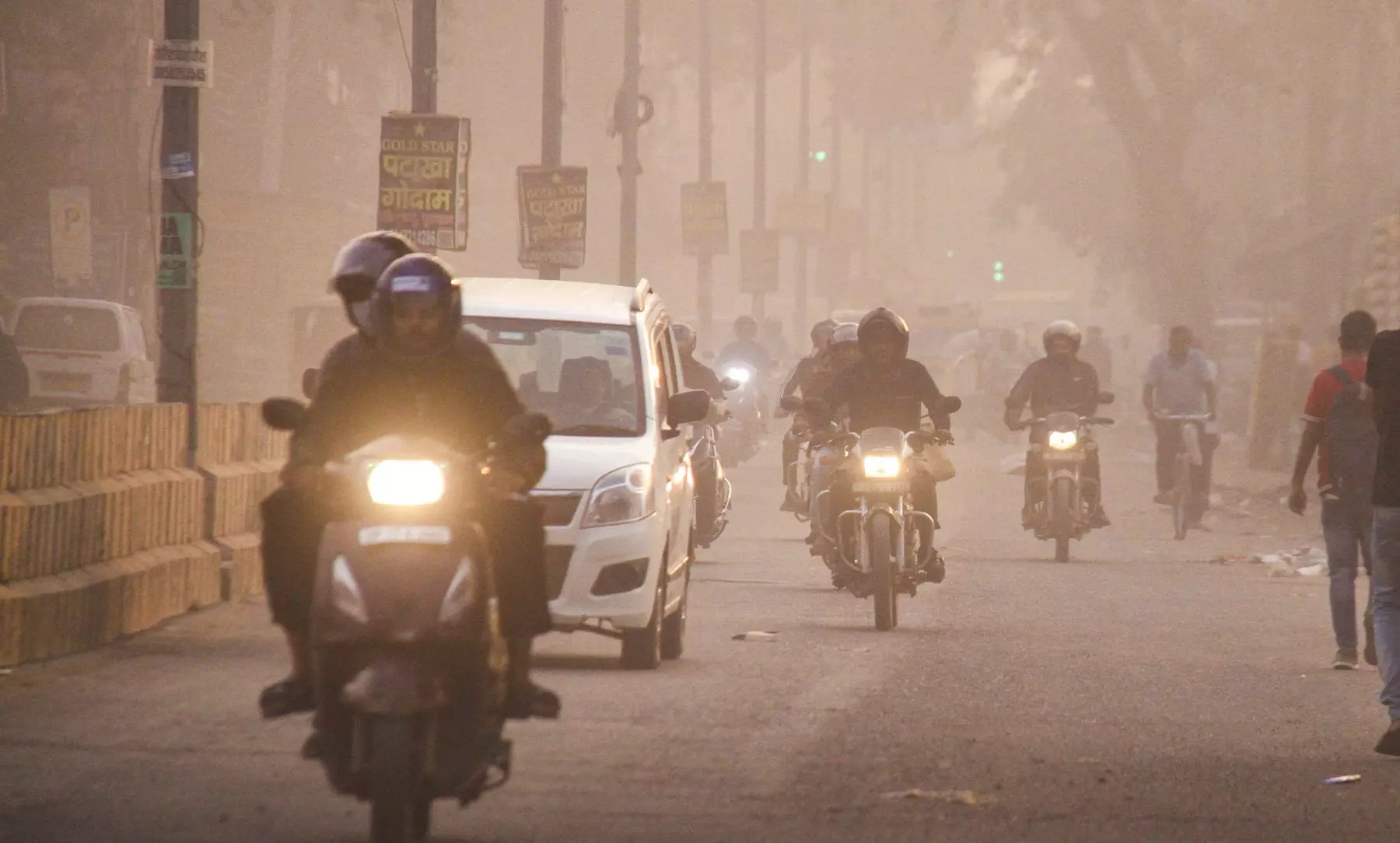
Delhi steps up crackdown on PUC violations as air quality plunges
As Delhi’s air quality slips into the ‘poor to severe’ category, authorities intensify vehicle checks, border surveillance, and GRAP enforcement to curb pollution

As the Delhi-NCR grapples with rising air pollution ahead of the winter season, the Delhi government has stepped up pollution control measures on multiple fronts, focusing on vehicle movement and operational conditions. The government has deployed special teams at border points to prevent the entry of lower-grade vehicles into Delhi-NCR. It has also intensified online awareness programmes.
The move comes after many vehicles were found running without proper fitness certificates, including Pollution Under Control (PUC) certificates. Recent data from the Delhi Traffic Police, released on November 6, highlighted how vehicles failing to meet required standards have contributed to the deterioration of Delhi’s air quality.
Also Read: Delhi Pollution: Doctors report sharp rise in eye allergies, irritation
According to the department, over 4.87 lakh motorists have been penalised as of October this year for driving without valid PUC certificates, compared to 3.78 lakh motorists during the same period in 2024. This marks a 20 per cent rise compared to the same period last year.
Air quality deteriorates
As air quality in the national capital remains in the ‘poor to severe’ category, strict action has been taken against motorists violating rules, aimed at curbing vehicular emissions, which contribute significantly to Delhi’s air pollution.
An officer from the department informed that till October 30, police had issued over 4.87 lakh challans to vehicles found without valid PUC certificates. Vehicle users have to pay Rs 10,000 under the Motor Vehicles Act if their vehicles are reported for PUC violations.
Also Read: AAP, Congress target BJP as Delhi air quality plummets: 'India Gate disappeared'
Moreover, 941 vehicles carrying materials such as cement, sand and dust in the open were penalised, while 12 end-of-life vehicles were seized for violating pollution-control norms.
PUC violations surge
As per the data, the West Traffic Range recorded the highest number of PUC violations (1,14,754 challans), followed by East (1,09,707), South (1,06,939), North (96,984), Northwest (83,438) and Central (76,012), according to traffic police data. Though the recorded violations have increased, only about 10 per cent of the violators have paid their fines, a source from the department said.
According to the data, the traffic police have already stepped up enforcement of the Graded Response Action Plan (GRAP), issuing 46,921 challans to motorists for driving without valid PUC certificates between October 14 and November 2.
Securing borders
The traffic teams deployed at city borders inspected 82,334 commercial vehicles during the same period and refused entry to 3,018 vehicles that failed to meet anti-pollution standards.
Also Read: Not a smoker? Air pollution is as lethal as a cigarette, say doctors
On average, 712 commercial vehicles were ticketed daily for violating no-entry or restricted-timing rules. Additionally, 204 vehicles transporting construction and demolition waste were fined Rs 20,000 each for failing to cover their loads adequately. Stage 2 of GRAP came into effect on October 19.
No entry to BS-III vehicles
"Roadside surveillance and automated checks had been intensified, with particular focus on strict PUC compliance during the period of poor air quality and on improving overall traffic discipline. We have also intensified checks at remote points through which many vehicles used to enter the national capital," the officer said.
Also Read: Why cloud-seeding trial to produce rain in Delhi was bound to fail
He further said that to ensure that BS-III or lower-grade vehicles from outside Delhi do not enter the city, 23 joint teams of traffic police and the transport department have been deployed round-the-clock at border points. These teams, comprising inspectors, sub-inspectors and constables, are also monitoring pollution-prone industrial areas, construction zones and major roads.
"We have installed signage boards at entry points to alert drivers about restrictions, while awareness drives are being conducted through social media and digital platforms," added the officer.

